Hungarian pianist Géza Anda (1921–1976) did his first studies with Ernst von Dohnányi and Zoltán Kodály at the Franz Liszt Academy in Budapest. In 1940, Anda won the Liszt Prize and then made his debut with the Budapest Philharmonic and Brahms’ Piano Concerto No. 1. The following year, he graduated from the Liszt Academy, and Wilhelm Fürtwangler persuaded him to go to Berlin for further study. He made his Berlin debut with Fürtwangler and the Berlin Philharmonic with César Francks’ Variations Symphoniques. Anda remained in Berlin until 1942 when to avoid conscription into the Hungarian army, he escaped to Switzerland, where he remained and became a citizen.
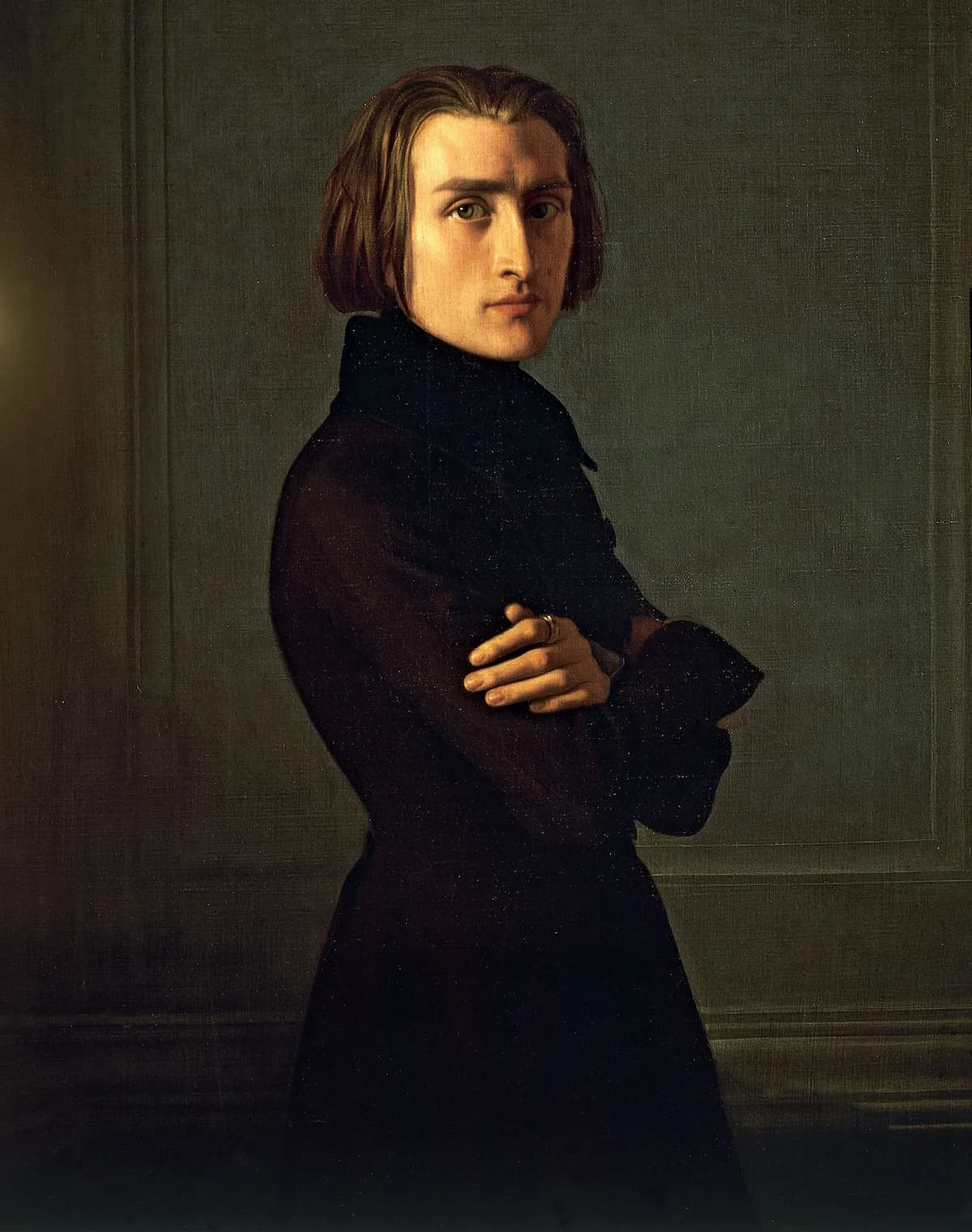
Henri Lehmann: Franz Liszt, 1840 (Paris Carnavalet Museum)
In this recording of Liszt’s Mephisto Waltz, we can hear, even at this early date, some of the technical details that made his name after the war. He was regarded as a ‘transcendent pianist, possessed of a natural technique that gave his performances an intimate quality’. This is hard to do with Liszt, as the virtuosic writing gets in the way of intimate quality, and, in fact, that let-loose quality that so much of Liszt’s music has is turned here towards a more poetic reading.
The Mephisto Waltz was an idea that Liszt pursued from 1859 to 1862, took up again in 1880 and 1881, and again in 1883 and 1885. He wrote for Nos. 1 and 2 for orchestra (later arranged for piano, 1 piano-4 hands and 2 pianos-4 hands) and Nos. 3 and 4 for piano only. Mephisto Waltz No. 1 remains the most popular.
The original title of the Mephisto Waltz No. 1 is Der Tanz in der Dorfschenke (The Dance in the Village Inn), taking up on an episode from Lenau’s Faust, a poem derivative of Goethe’s earlier Faust. Lenau placed his Faust in ‘an absurd life…devoid of any absolute values’, a position similar to Lenau’s feelings about his own life. The work was written in Weimar between 1856 and 1861 and had its orchestral premiere in 1861.
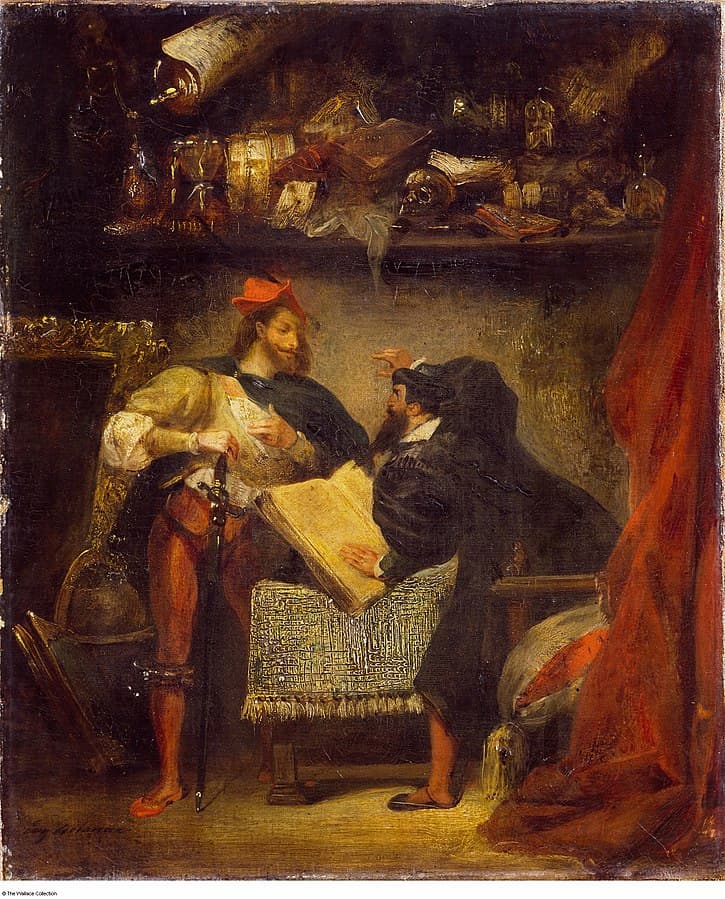
Delacroix: Faust and Mephistopheles, 1827 (The Wallace Collection)
In The Dance in the Village Inn, Mephistopheles and Faust come upon a village inn. People are dancing, and Faust’s eye is caught by the landlord’s daughter. Mephistopheles, unhappy with the villagers’ music, seizes a violin and, bewitching the villagers, turns them from dancing to love. The sound of a nightingale is the cue for Mephistopheles to lead everyone out of the inn, into the gardens, and off to the woods.
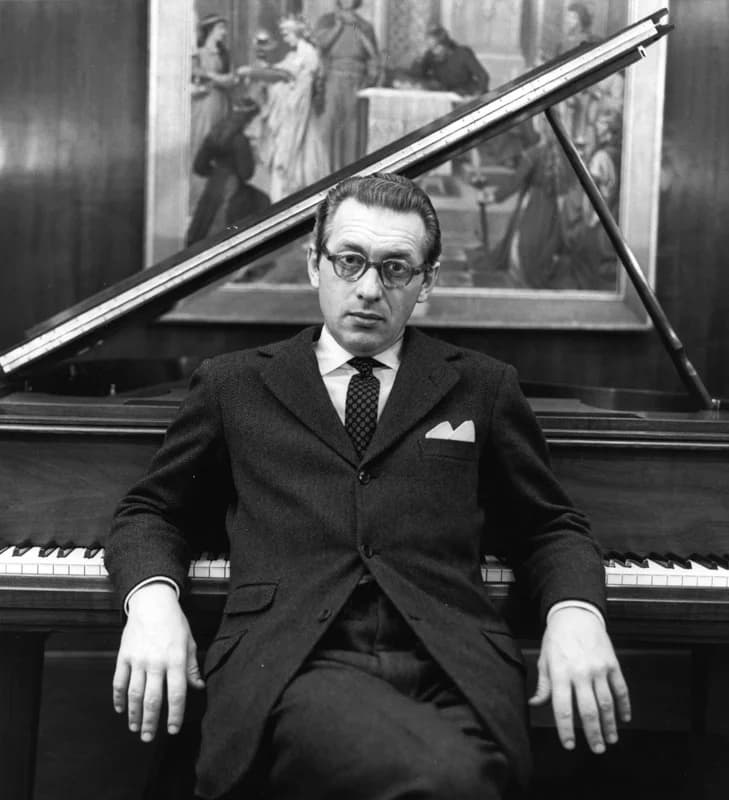
Géza Anda
Franz Liszt: Mephisto Waltz No. 1, S. 514
This recording was made in Berlin in 1942, before Anda departed the country due to the war. At this same recording session, he also recorded Liszt’s Grandes Études de Paganini, S141/R3b: No. 3 in G sharp Minor, La Campanella, in the Busoni arrangement.
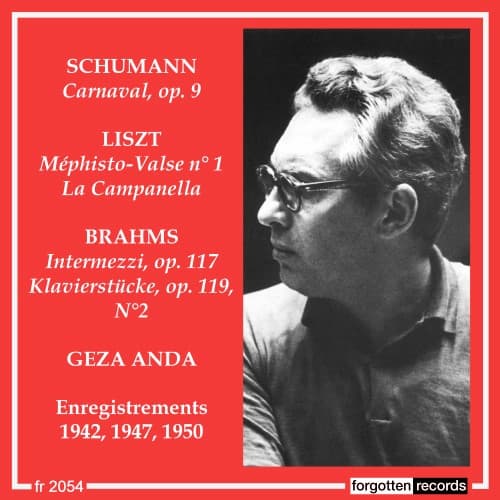
Performed by
Géza Anda
Recorded in 1942
Official Website
For more of the best in classical music, sign up for our E-Newsletter

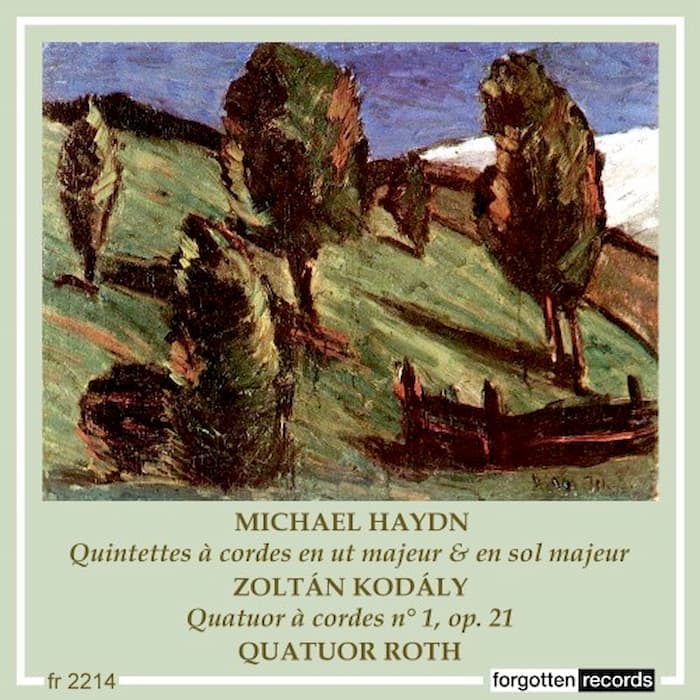
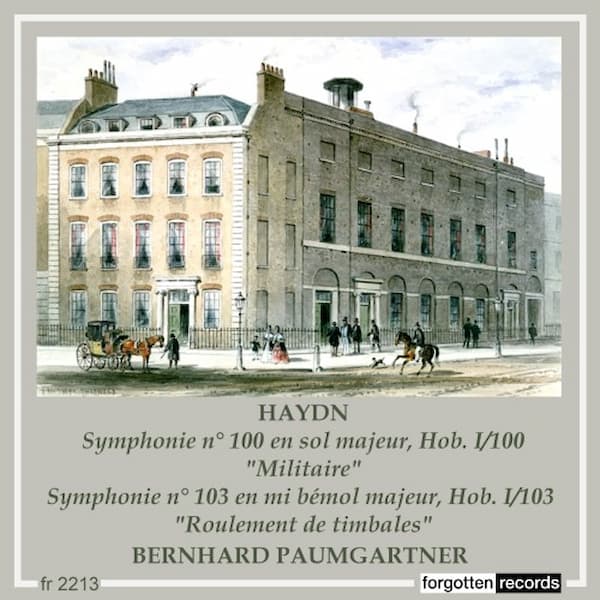
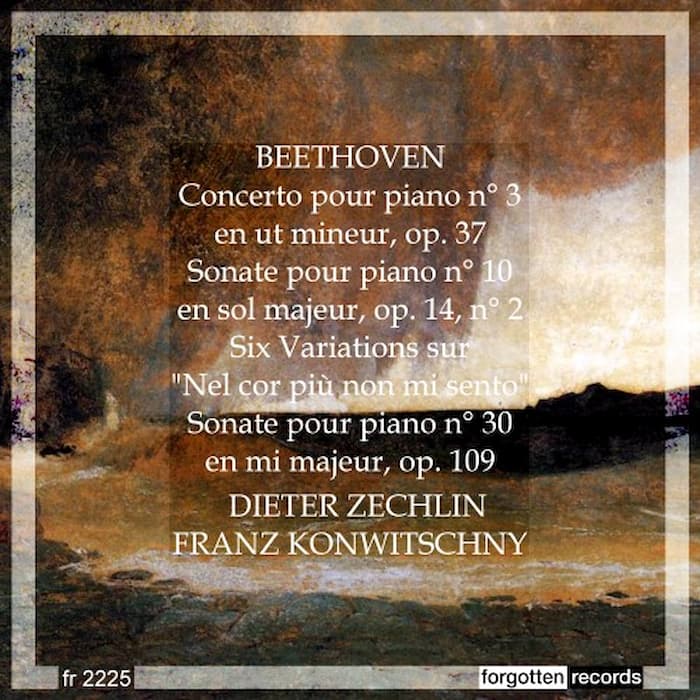
I would much more like to hear Anda play Schumann or Brahms (his Second Concerto op.83 by Brahms with Ferenc Fricsay is legendary… !) or for that matter, Mozart Concerti…